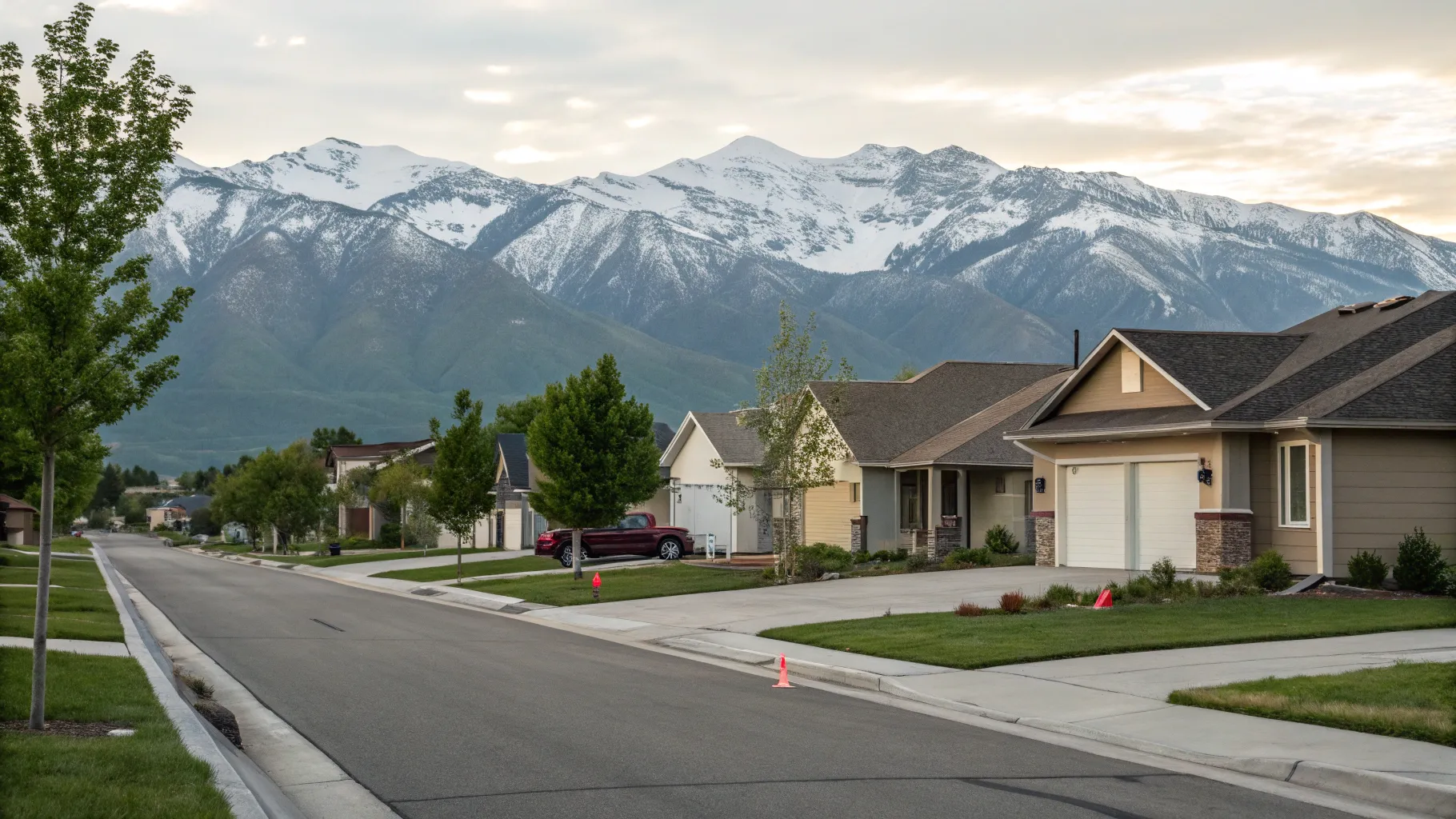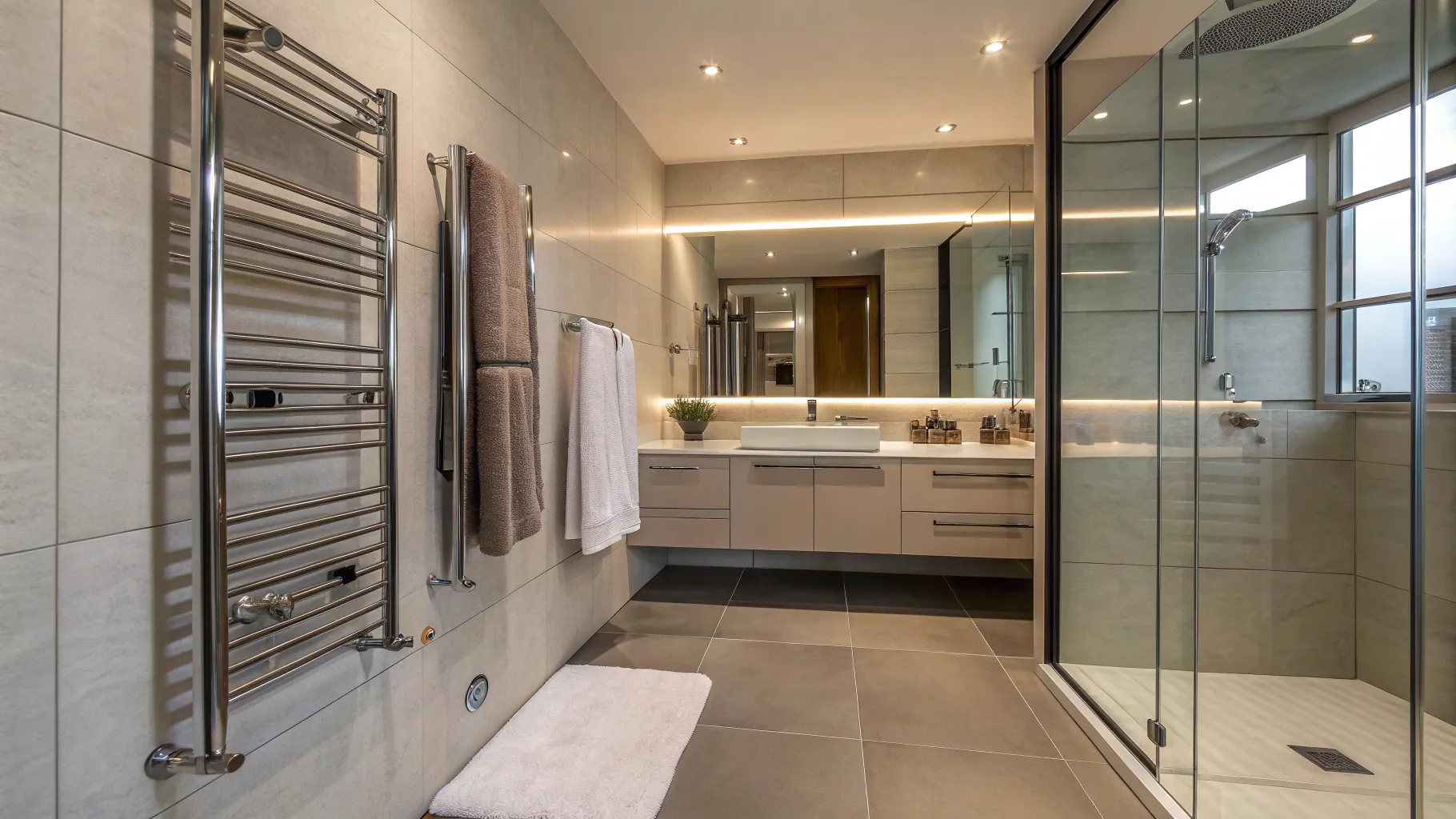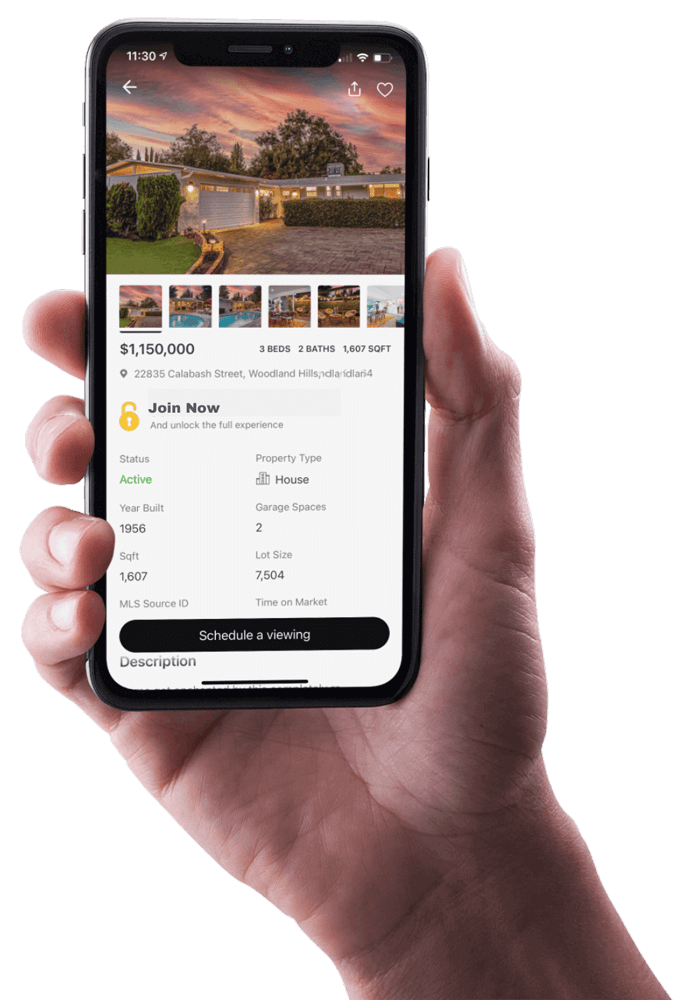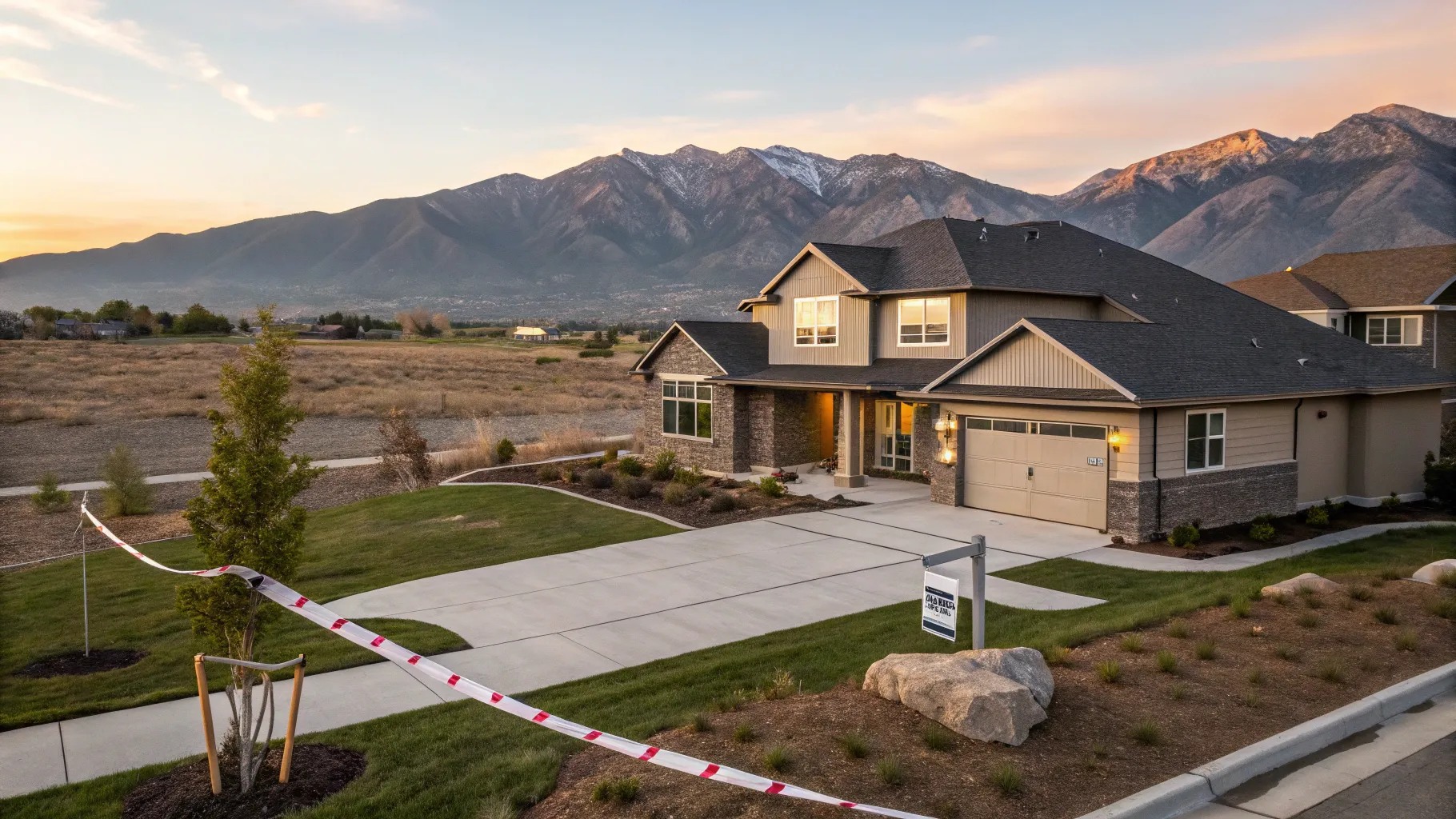
New construction can be attractive: sparkling model homes, modern finishes, and the promise of a home tailored to lifestyle needs. Yet many buyers discover costly surprises only after closing. This article distills five critical pitfalls to avoid when purchasing a new home in Utah, translating practical lessons from builders’ behavior and common buyer experiences into actionable guidance for Utah homebuyers.
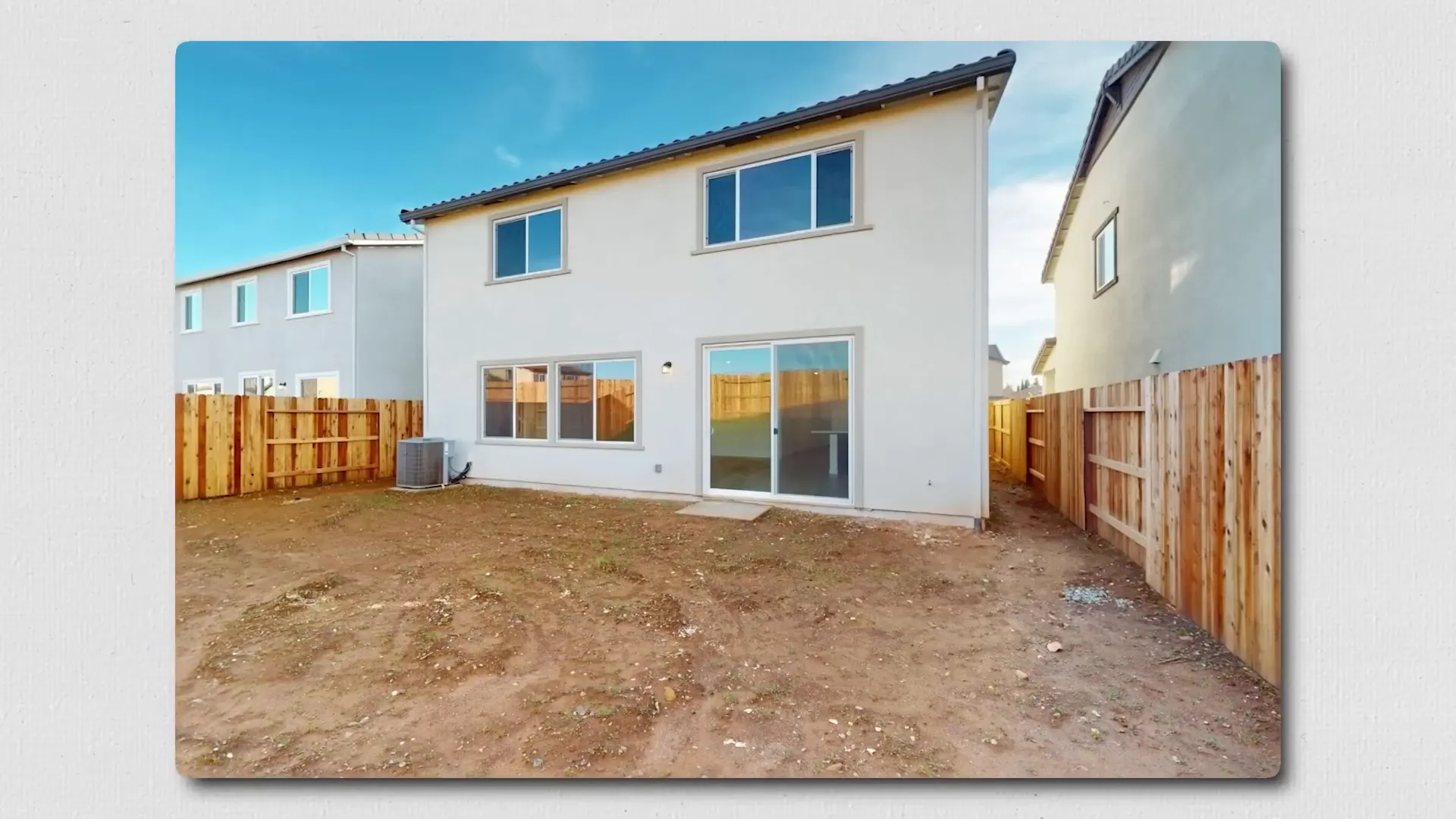
Introduction: Why new construction in Utah requires a different checklist
Utah’s growing regions continue to see new communities and subdivisions. While model homes showcase every upgrade, the standard delivery for most new builds is a base home on a bare lot. Beyond the purchase price, buyers should evaluate total costs—landscaping, financing, taxes, and representation can materially change the economics of a new home purchase. The following five areas are the most common and costly oversights.
Red flag #1 — Expect an unlandscaped backyard (and factor in irrigation)
Model homes are designed to sell: lush turf, patios, mature plantings and staged outdoor rooms. In Utah, most production homes are sold with a graded lot and basic drainage only. Final landscaping, irrigation, patios, and hardscaping are typically buyer-paid upgrades. In a dry climate, irrigation design, water-wise plantings, and frost-resistant hardscapes are important—these items add cost and ongoing water/maintenance spending that should be budgeted before purchase.
Typical cost considerations:
- Basic patio or small landscaping project: can be several thousand dollars
- Upgraded yards with turf, built-in features, or outdoor living elements: often tens of thousands
- Swimming pools or major hardscapes: can exceed tens of thousands
For Utah buyers, consider xeriscaping and efficient irrigation early; the upfront upgrade may save water and maintenance costs over time.
Red flag #2 — Builder financing incentives are powerful but require scrutiny
Builders often partner with preferred lenders to offer financing incentives: mortgage rate buy-downs, temporary “teaser” rates, or flex credits that cover closing costs and upgrades. These incentives can substantially reduce monthly payments for the first months or years of a loan and, in some cases, offer a permanently lower effective rate compared to prevailing market rates.
Explore Utah Real Estate

5618 E SOUTH FORK RD, Provo, UT
$43,000,000
Bedrooms: 6 Bathrooms: 10 Square feet: 22,958 sqft
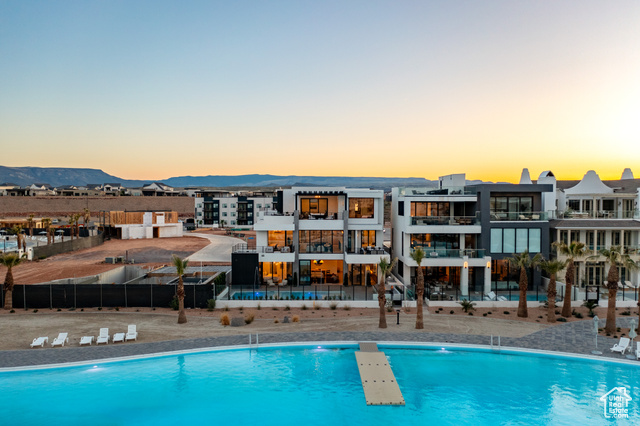
864 W SAPPHIRE SKY LN #546, St George, UT
$4,300,000
Bedrooms: 7 Bathrooms: 9 Square feet: 5,136 sqft
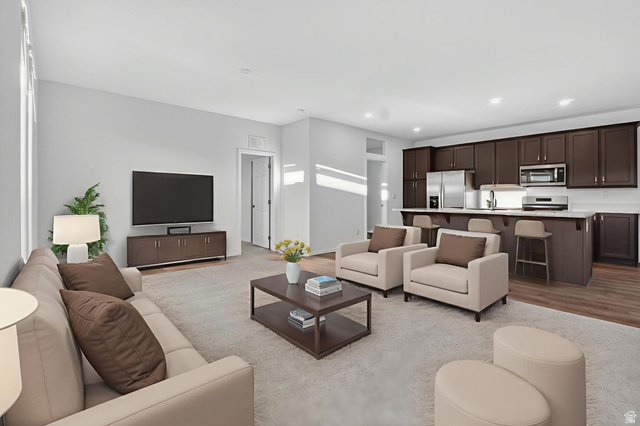
1700 W 2700 N #36, Pleasant View, UT
$230,000
Bedrooms: 4 Bathrooms: 2 Square feet: 2,100 sqft
Common structures and how they work:
- Temporary buy-downs (e.g., 2-1, 3-2-1): the interest rate is reduced in year 1, less reduced in year 2, and then resets to the market or negotiated final rate in subsequent years.
- Permanent builder buy-downs: the builder (sometimes with the lender) pays funds at closing to lower the borrower’s permanent rate.
- Flex credit: a lump-sum builder credit (often applied when purchasing a completed home) that can pay closing costs, fund rate buy-downs, or pay for upgrades.
Sample comparison (illustrative): a 3-2-1 buy-down with a favorable final rate can produce very large first-year savings versus a higher fixed-rate mortgage. Buyers should:
- Ask for a breakdown of who pays the buy-down and whether the incentive requires use of the builder’s preferred lender
- Compare the long-term cost of the promoted financing vs. a conventional market loan (including refinance risk)
- Confirm whether credits apply only to completed homes or to homes under construction
In Utah, where local lenders and regional promotions vary, obtain full amortization schedules for the incentive and a comparable lender quote to quantify savings and risks.
Red flag #3 — The best bargains are often on completed, move-in-ready homes at fiscal year end
Buyers frequently assume starting from a lot and customizing is the best route. In reality, builders have different motivations depending on inventory stage:
- Dirt lot purchases (specifying all finishes) tend to be the most expensive because upgrades are often pre-priced and the builder’s profit margins are protected.
- Homes under construction may offer partial upgrade choices but typically less negotiating leverage than completed homes.
- Completed homes that sit finished on the market are often priced to move. Builders carrying finished inventory incur holding costs and may offer meaningful incentives to close quickly.
Timing matters. Many large builders close their books in the fall months (September–December), and the final month of a fiscal period is commonly when incentives increase. For Utah buyers seeking value, focusing on move-in-ready inventory in the quiet months and negotiating in the builder’s fiscal year-end period can produce larger concessions—cash credits, rate buy-downs, or upgraded landscaping included.
Red flag #4 — Always secure buyer representation before registering at the sales office
One common operational rule: if a potential buyer visits a model or sales center unaccompanied by a licensed agent and registers as a buyer, some builders will claim that buyer as their client and may limit the buyer’s ability to be represented later. In several markets, builders employ sales representatives whose primary duty is to the builder’s financial outcomes, not to protect buyer interests.
For Utah buyers, the implications are:
More Properties You Might Like
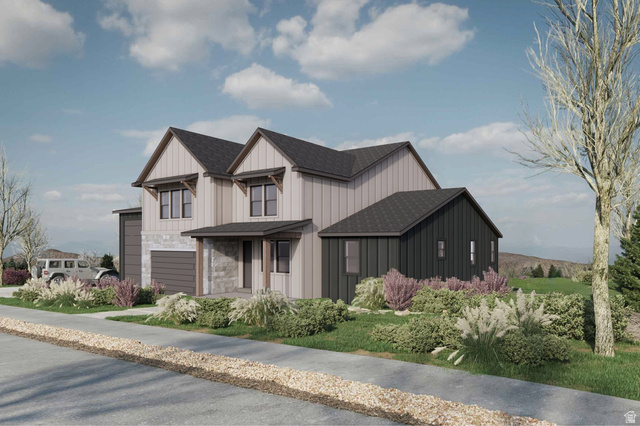
850 LAZY WAY #8, Francis, UT
$1,300,000
Bedrooms: 4 Bathrooms: 4 Square feet: 2,755 sqft

La Casa Cir, St George, UT
$575,500
Square feet: 14,391 sqft
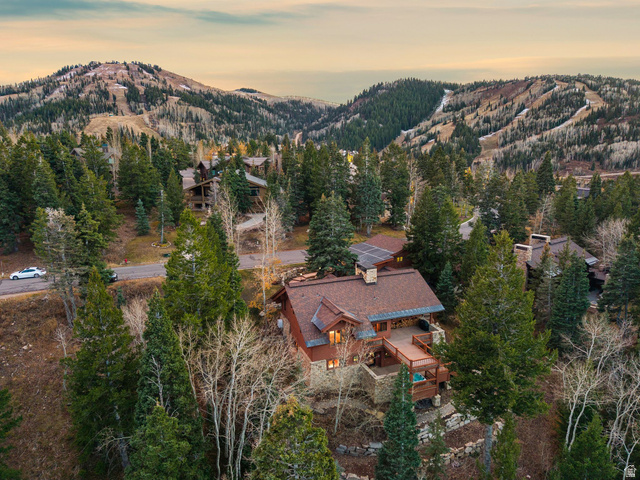
7665 STERLING DR, Park City, UT
$6,100,000
Bedrooms: 5 Bathrooms: 6 Square feet: 4,975 sqft
- Loss of an independent advocate to review builder contracts, negotiate price and terms, and interpret warranty and disclosure documents
- Possible exposure to contract clauses that favor the builder (warranty limitations, arbitration, price escalation clauses)
- No reduction in commission costs in many areas—builders may still pay cooperating commissions—so the buyer bears the opportunity cost of lacking expertise rather than saving commission fees
Practical step: if working with a real estate professional, arrange to attend initial visits together or confirm with the sales office that registration will not limit future representation. Always have an experienced agent review builder contracts before signing.
Red flag #5 — Paid upgrades increase assessed value and property taxes
Upgrades selected at the design or sales center—premium cabinetry, countertops, flooring, appliance packages, finished basements, and structural add-ons—often add substantial cost to the contract. Those upgrade dollars become part of the purchase price used for property tax assessment in many jurisdictions. The consequence is a higher ongoing property tax bill tied to the dollar amount of upgrades purchased at closing.
Key considerations for Utah buyers:
- Upgrades add to the tax-assessed base; annual property taxes increase accordingly. The exact tax increase depends on the county and special assessments.
- Not all upgrades create equivalent resale value. Some options (e.g., premium appliances) may not yield proportional increases in market value.
- Minor post-close improvements (replacing floors or adding cosmetic items) may have different tax treatment than upgrades paid through the builder at closing.
Recommendation: before selecting high-cost upgrades, estimate the additional annual property tax and weigh that ongoing cost against the utility and expected resale benefit of the upgrade.
Putting it together: a Utah buyer’s new construction checklist
- Budget beyond purchase price: include landscaping, irrigation, and outdoor living costs appropriate to Utah’s climate.
- Request detailed financing illustrations for any builder incentive; compare with independent lender quotes.
- Target completed inventory during slow shopping months and the builder’s fiscal year-end for maximum negotiation leverage.
- Secure independent buyer representation prior to registering at the builder’s sales office to preserve negotiation and contract review rights.
- Model the long-term tax effects of upgrades before committing at the design center.
For Utah-specific listings and local agent connections, visit https://bestutahrealestate.com for updated inventory and contact options.
Resources
National real estate guidance and market data can be found at nar.realtor (National Association of Realtors) for general trends. For Utah-specific regulations and county contact information, consult state resources such as utah.gov.
Conclusion
New construction offers many benefits, but the headline price rarely tells the full story. By planning for landscaping and irrigation, carefully evaluating financing incentives, targeting completed inventory at fiscal year-end, protecting buyer representation, and understanding tax implications of upgrades, Utah buyers can avoid common—and costly—mistakes. With thoughtful preparation and local expertise, a new home purchase can deliver the lifestyle and value intended rather than unforeseen expense and regret.
Frequently Asked Questions
Does a builder ever include landscaping as part of the base price?
Occasionally, builders will include landscaping on select spec homes—often to move a slow-selling completed home. However, for most new-construction inventory the base delivery includes grading and drainage only. Buyers should confirm what is included in writing.
Are builder financing incentives always better than obtaining a loan independently?
Not always. Builder incentives can lower short-term payments or provide a permanently lower promoted rate, but they frequently require the buyer to use the builder’s preferred lender or accept trade-offs. Obtain a full cost comparison—amortization schedules, total interest paid, and refinance scenarios—before deciding.
What protections should a buyer insist on in a builder contract?
Critical protections include a clear warranty scope and timeline, explicit completion dates with remedies for delays, itemized allowances and upgrade pricing, a transparent right to inspect during construction, and a contingency plan for financing. A qualified local agent or attorney should review contract language before execution.
How much should a Utah buyer expect to pay for landscaping?
Costs vary widely based on scope and materials. Simple low-maintenance xeriscapes can be more affordable and better suited to Utah conditions than traditional turf. Obtain local contractor estimates for realistic budgeting; consider irrigation efficiency and long-term water costs in the calculation.
Will post-closing upgrades avoid higher property taxes?
Sometimes. Work completed by the homeowner after closing may be treated differently for assessment, depending on local tax rules. If avoiding an immediate increase in assessed value is important, discuss options with the builder and local assessor’s office before finalizing upgrade purchases through the building contract.










